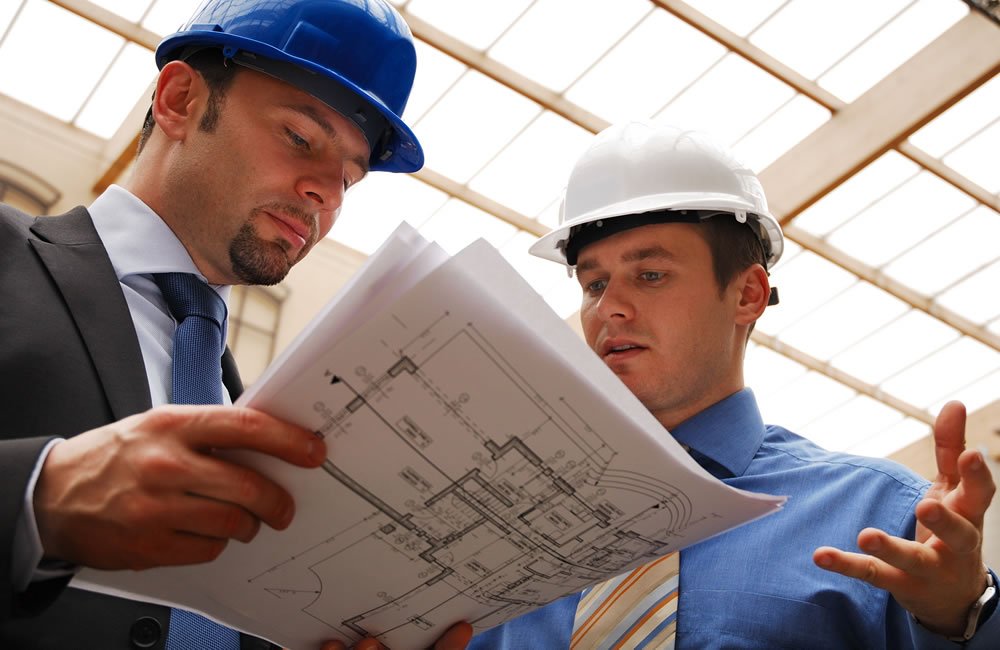Unveiling the Function of Property Developers in Shaping Urban Landscapes
Unveiling the Function of Property Developers in Shaping Urban Landscapes
Blog Article
In the ever-changing world of real estate, property developers are seen as a major player, playing a key role in changes to landscapes and cities across the globe. Their role transcends mere development; it's the delicate dance of planning, investment and execution. These developers are the architects of modern cities, shaping not just cities but whole communities. Their significance is revealed when we understand the intricate web of influence they create and the impact they have on the built environment.
The heart of residential development is the vision to conceptualize and bring to life spaces that cater to the ever-changing needs of society. Developers begin projects on the basis of market analysis, demographic trends and urban plans. Their insights determine the viability and sustainability of ventures, making decisions about location, design, and amenities. These include commercial, residential, or mixed-use developments, their ability to anticipate the future needs determines the look of the neighborhood and is the driving force behind economic development.
A successful development project demands meticulous preparation, coordination as well as resource management. Property developers manage a network of architects, engineers, contractors, and subcontractors to realize their ideas. They supervise every step of construction starting with site preparation and infrastructure development to building erection and finishing the interior. This demands savvy project management skills to navigate complex issues like budget limitations, regulatory compliance, and new challenges. Furthermore, developers need to ensure that their construction is in line with quality requirements, safety standards and sustainability principles, reflecting their dedication to economic value.
In addition to physical development, property developers play a important role in shaping the community's socio-economic environment. By implementing strategic plans and investing in the development of communities, they aid in the development of lively neighborhoods equipped with essential amenities, recreational spaces, and other cultural activities. They not only improve the living standards of residents but also attract businesses and job creation and create a sense of being part of the community. In addition, developers frequently engage in philanthropic endeavors, supporting the local community and constructing infrastructure projects which improve the community fabric in the region. To obtain added details kindly head to Akisama
The performance of a development project hinges not only on its physical attributes but also on the market positioning and branding. Property developers employ innovative methods of marketing to differentiate their projects and attract either tenants or buyers. This entails creating compelling narratives visually appealing identities and sales strategies that are resonant with the target audience. Whether it's luxury condominiums marketed for buyers with high-end tastes or budget homes aimed at homeowners who are first time buyers Effective branding is crucial for driving sales and maximizing returns on investment. Moreover, developers leverage the power of digital technology and social media platforms for reaching a larger audience and connect with potential customers to stay competitive in a fast-moving market.
The successful development of residential projects hinges not only on financial viability but also on social acceptance and community engagement. Participation of stakeholders, open communication and corporate social responsibility initiatives constitute a key element of responsible development methods. Interacting with residents or NGOs as well as advocacy groups builds confidence, promotes inclusion, and guarantees that development plans align with the broader interests of the society. Moreover, incorporating elements of placemaking, such as public art installations, recreational areas, and cultural amenities enhances the community's social fabric and fosters a sense of belonging to the residents.